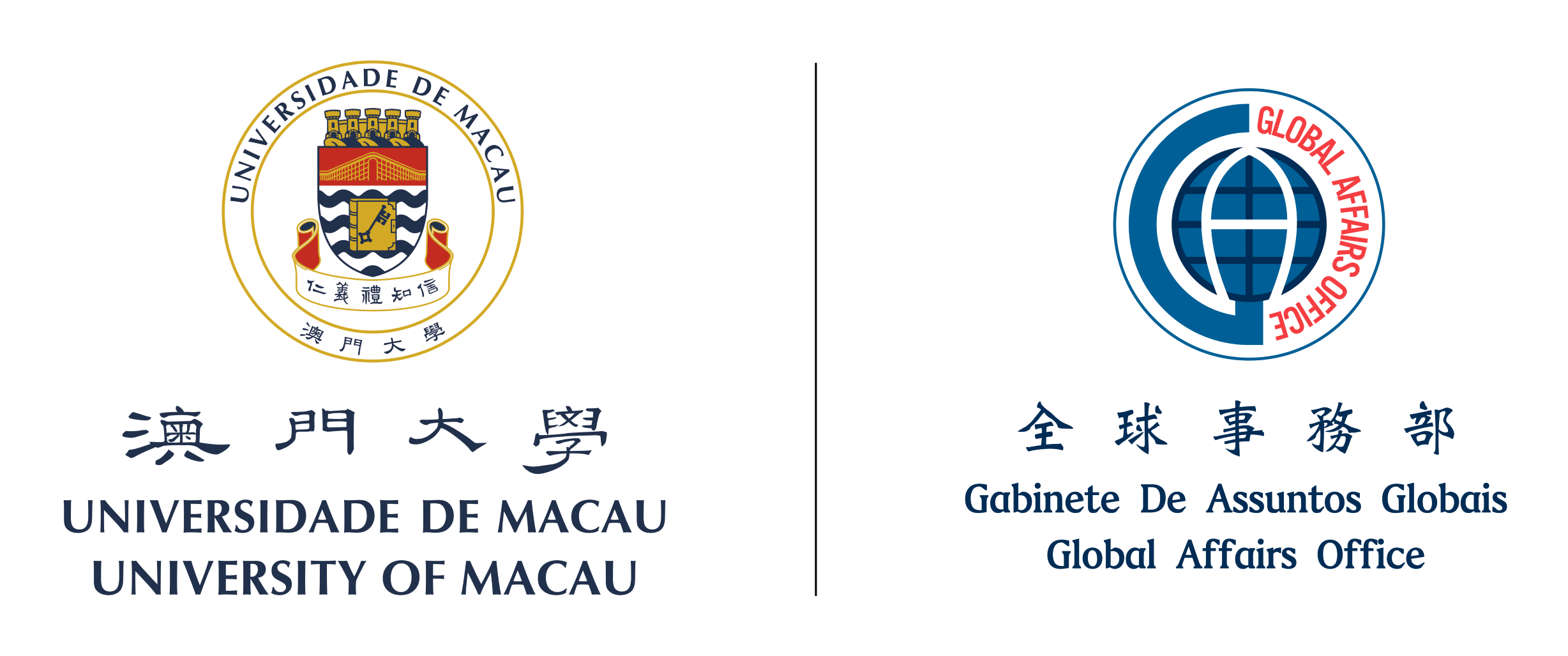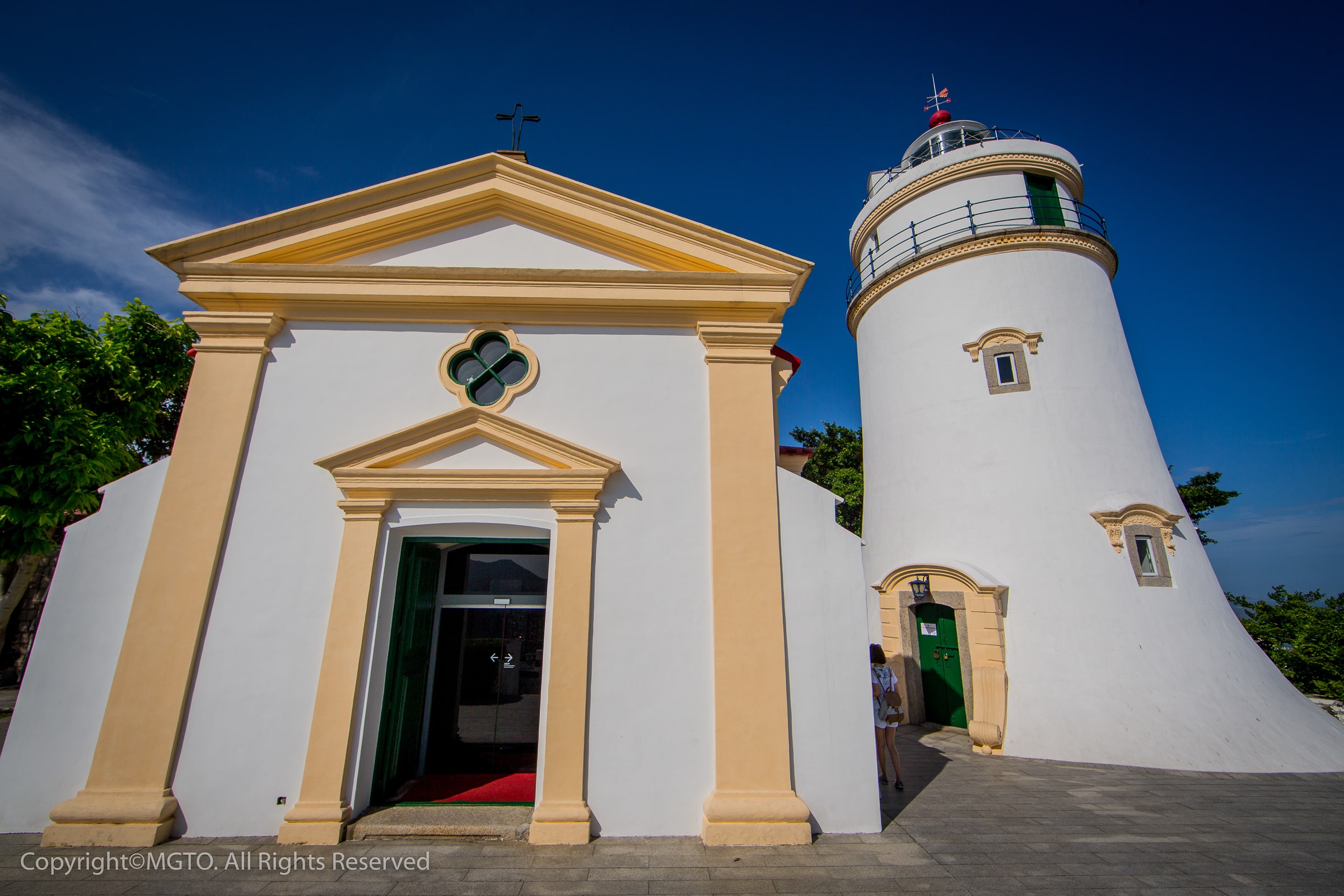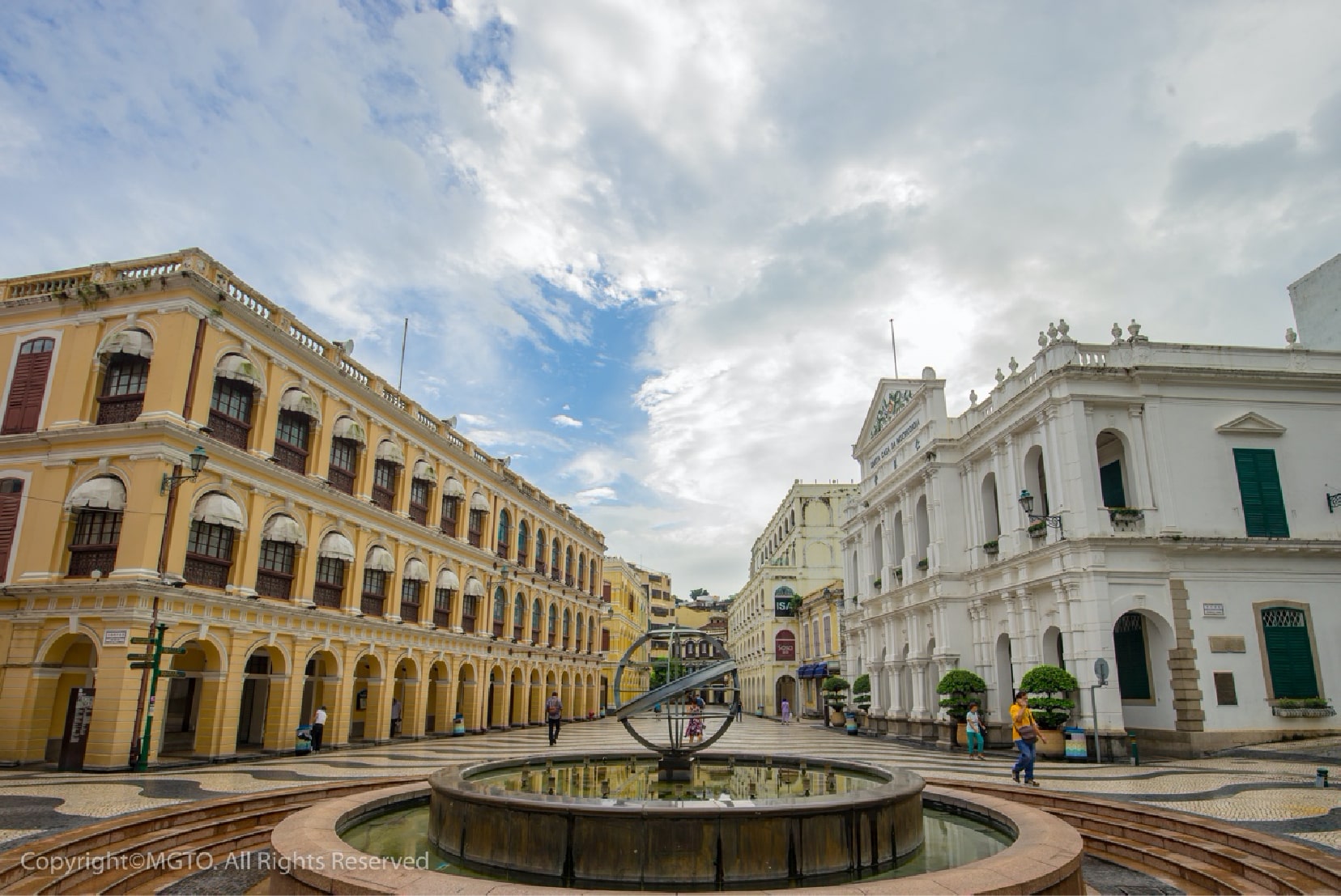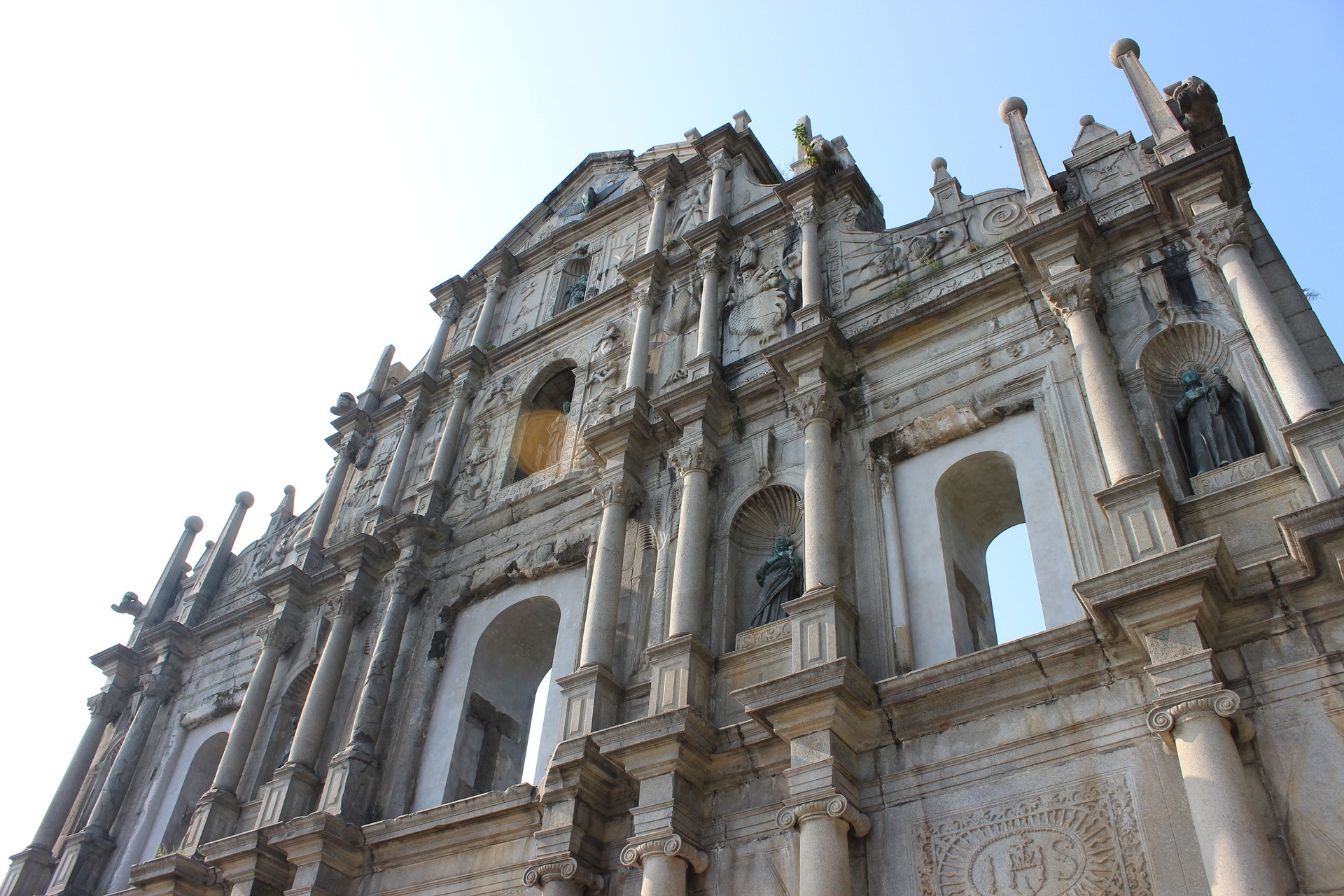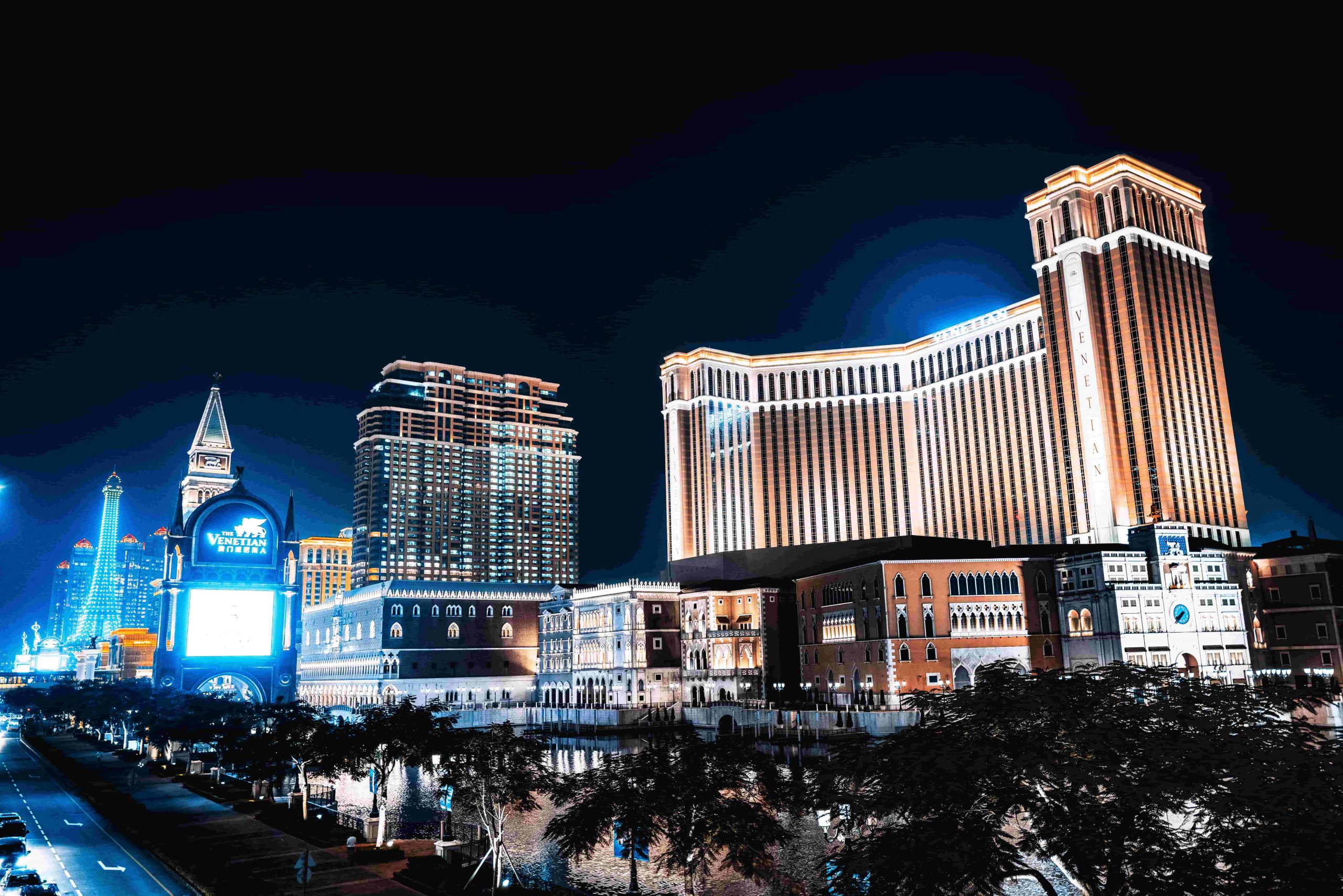Macao, officially named as Macao Special Administrative Region of the People’s Republic of China, is a city consisting of Macao Peninsula, Taipa and Coloane and located on China’s southern coast, 60 km west of Hong Kong and neighbours the Guangdong city of Zhuhai to the west and north. Chinese and Portuguese are official languages, Cantonese is widely spoken while Chinese and English is widely used in businesses sector.
The name of “Macao” is derived from “Ma Kok”. In the 16th century when the Portuguese first arrived and asked the local inhabitants the name of the land, they misunderstood and thought they were asking for the name of the temple, they told them it was “Ma Kok” Temple. Multiple variations were used until Macao became common during the 17th century.
Macao was formerly a colony of the Portugal. In the early 1550s, Portuguese merchants sailed to the mouth of the Pearl River delta looking to establish a trading post in southern China. They paid an annual rent and administered the territory under Chinese sovereignty. Until 1887, Portugal gained perpetual colonial rights for a period of 40 years in the Sino-Portuguese Treaty of Peking and Macao officially become a territory under the administration of Portugal. Macao was handed over back to China in 1999. With the transfer of sovereignty over the territory to China, the Basic Law of the Macao Special Administrative Region, which outlined a policy of “one country, two systems,” went into effect. For a period of 50 years, Macao retains its own executive, legislative, and judicial powers devolved from the People’s Republic of China.
Macao’s unique multicultural identity can be read in the presence of Western and Chinese architectural heritage. The historic center of Macao was inscribed into the UNESCO World Heritage Sites list in 2005. The historic streets, art, religion, traditions, food and community reflects the integration of Chinese, Western and Portuguese cultures and these makes Macao a popular place to visit with.

